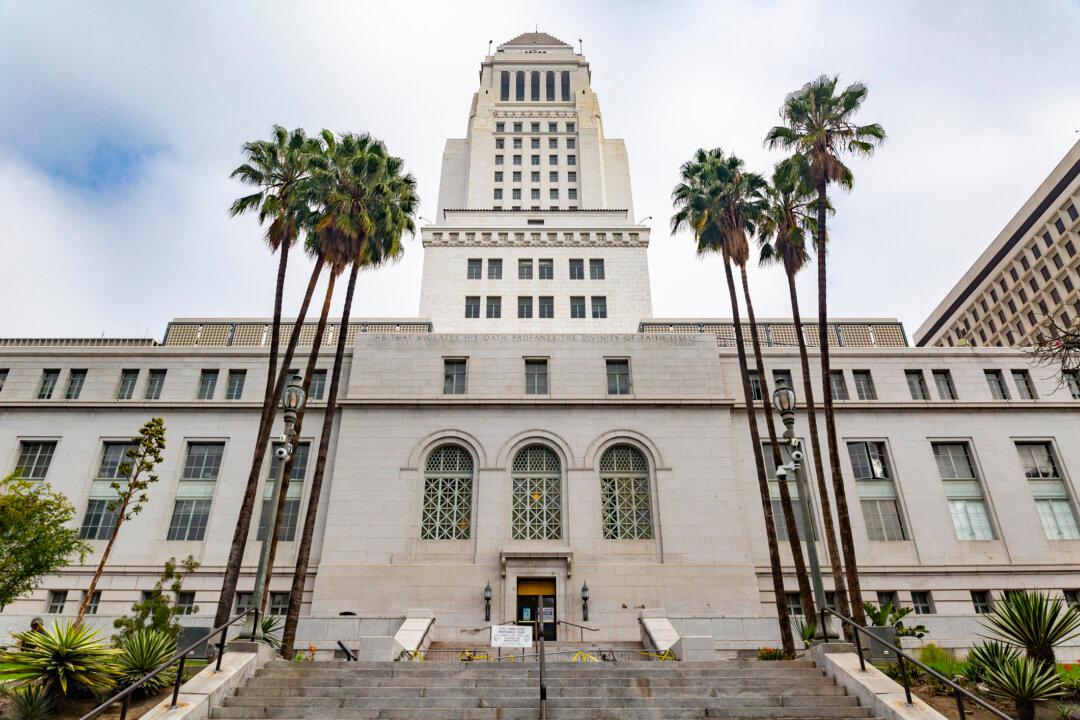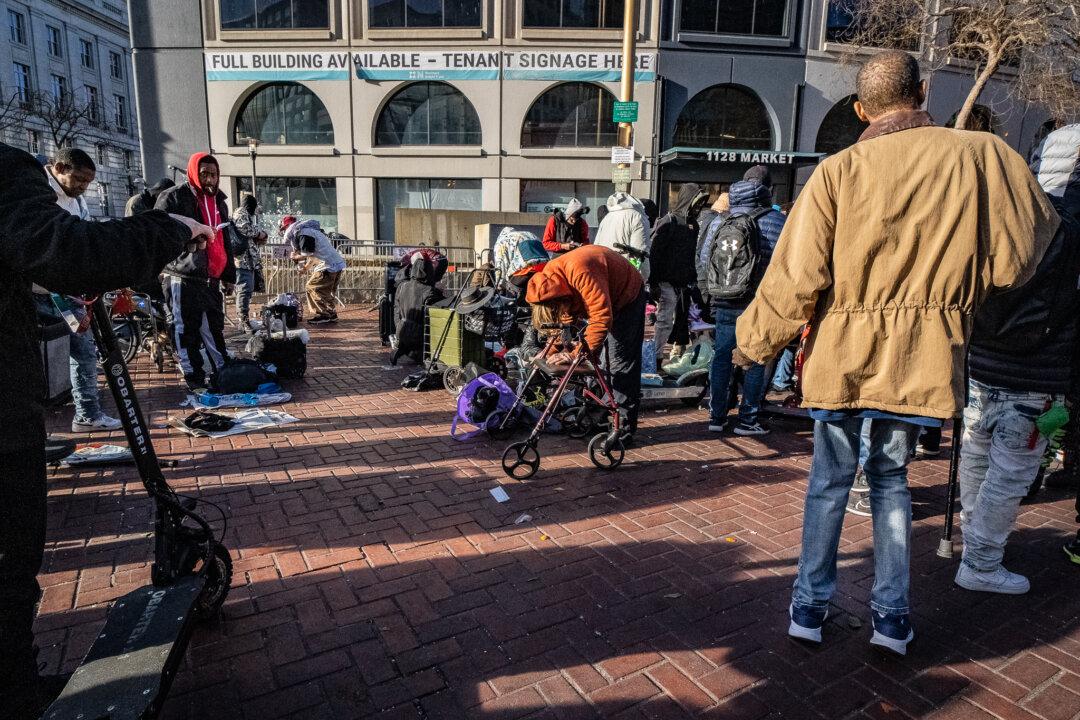IRVINE, Calif.—City officials across Orange County in California are reassessing their budgets to cope with shortfalls resulting from the COVID-19 pandemic.
“We approved the budgets in February,” Laguna Niguel Mayor Laurie Davies told The Epoch Times. But when the stay-at-home order went into effect in March, city managers “had to throw that budget out and start all over again.”





